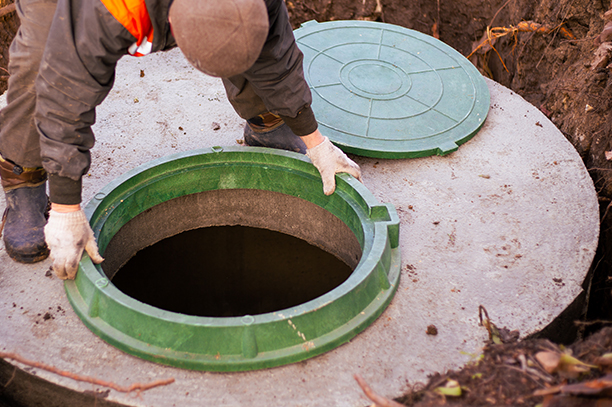[column width=”1/1″ last=”true” title=”” title_type=”single” animation=”none” implicit=”true”]
 As we continue to explore factors for a greener and more sustainable way of life – its important to look at the conservation of energy, efficient energy consumption and how these factors affect our environment and wallet when it comes to wastewater management. Wastewater recycling via onsite septic systems is without a doubt the most efficient, green and cost effective way to manage and process wastewater – but if you’re looking for some detailed statistics to help support a reliance on septic versus public wastewater facilities, there is a significant amount of compelling data to support decentralized wastewater management facilities.
As we continue to explore factors for a greener and more sustainable way of life – its important to look at the conservation of energy, efficient energy consumption and how these factors affect our environment and wallet when it comes to wastewater management. Wastewater recycling via onsite septic systems is without a doubt the most efficient, green and cost effective way to manage and process wastewater – but if you’re looking for some detailed statistics to help support a reliance on septic versus public wastewater facilities, there is a significant amount of compelling data to support decentralized wastewater management facilities.
Energy Efficiency in Public Wastewater Facilities.
The global energy crisis is a reality that governments have yet to come up with a viable solution for. With oil prices soaring and global supply limited, it’s crucial that we make changes in our utility and production operations in order to conserve this limited resource. Within public wastewater facilities, energy represents nearly 30% of the total operational and management costs. While the EPA has developed an Energy Use Assessment Tool to better manage the energy consumed by these locations, the majority of these assessments are made from non-process information such as HVAC improvements or electrical efficiency rather than the delivery of wastewater to the treatment facility. The cost of transporting wastewater from the home or business to a treatment facility makes up for more than 12% of energy requirements. Another 55% of the energy requirements go to aeration and solids processing at the wastewater treatment facility. That is almost 70% of the total energy budget, representing about $3 billion annually.
Cost of Energy.
An estimated $4 Billion is spent annually on energy costs to run drinking water and wastewater utilities. This number is equivalent to 56 billion kilowatt hours of energy. Beyond the scarce energy factor, the cost of managing these facilities is passed on to the user in the form of utility bills and sewer expenses. With no control over the efficiency of how these facilities are managed, homeowners are subject to the energy standards and operating costs of the municipal facility.
Goals of the EPA.
The EPA is taking action to try to better identify energy consumption issues and increase efficiency in public wastewater facilities. These actions include: evaluating existing power consumption, mechanical system audits, electrical system audits and process system audits.
While government programs will go a long way towards the management and efficiency of public wastewater management facilities, the cost of the energy itself and the environmental impact of these large facilities are a huge factor to consider when making your decision on septic vs city sewer wastewater management options. Septic systems have been known to greatly reduce the carbon footprint of wastewater management by using less energy, recharging the groundwater and reducing environmental impacts.
For more information on septic systems and septic maintenance, contact Crews Environmental. 239.332.1986 or visit www.crewsenvironmental.com
[/column]








